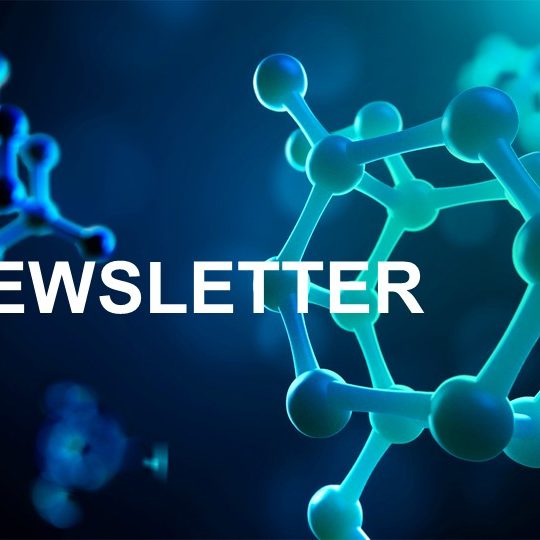Laser Direct Writing via Two Photon Polymerization
Laser Direct Writing via Two Photon Polymerization (LDW via TPP), also known as 3D Lithography (3DL), is a method of obtaining structures with sub-micrometric features (lateral features down to 90 nm) using LDW. The key element is the two-photon absorption and the transverse Gaussian intensity profile of the incident laser beam. Irradiation of the used…

